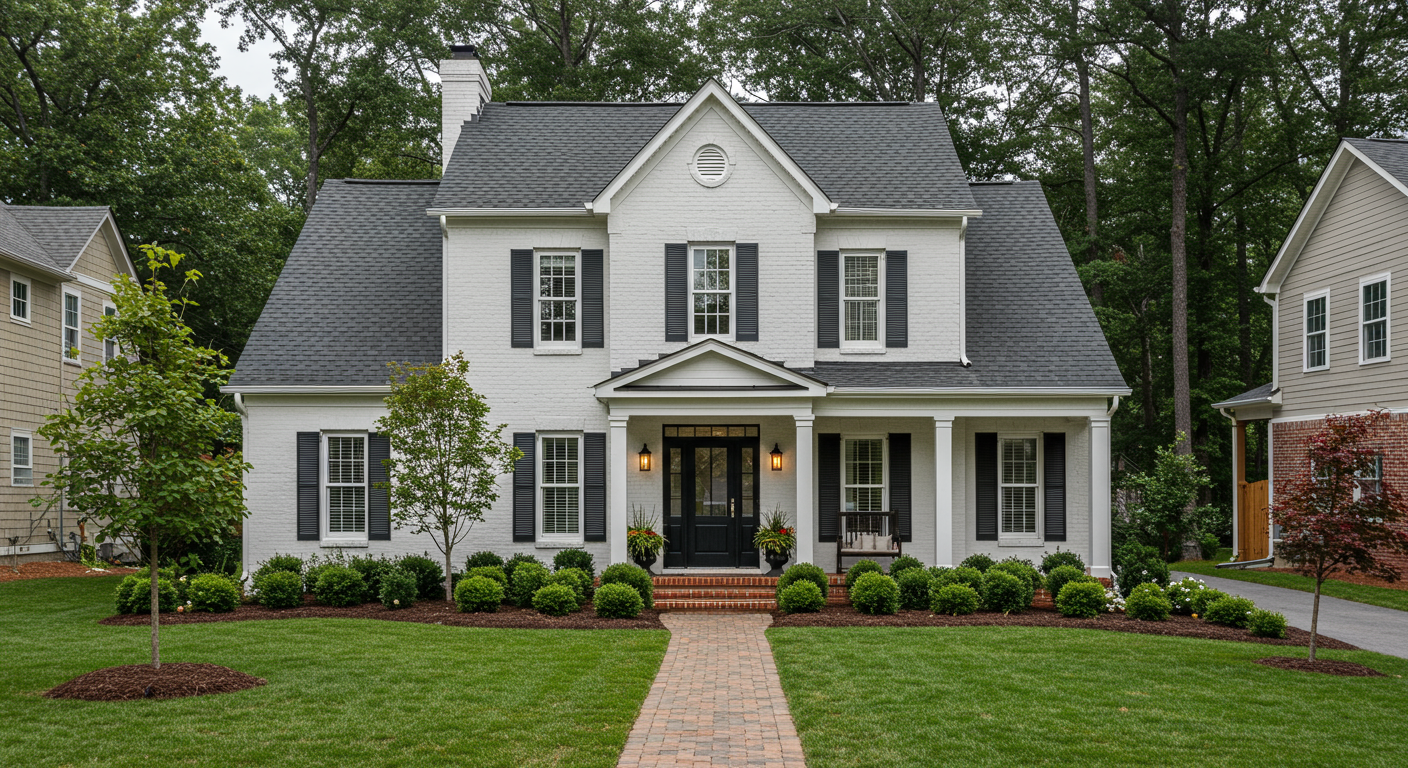Washington, D.C., formally known as the District of Columbia, or simply, “D.C.,” was named in honor of the country’s first president, George Washington. The city covers an area of 68 square miles and boasts a population of nearly 690,000 residents. However, that number zooms upward during weekday working hours because more than 400,000 commuters descend upon the city from Maryland and Virginia. The entire
Washington, D.C. Metropolitan Area includes sections of Maryland, Virginia, and West Virginia and has a total population of more than 6 million residents.
Recently, the
median list price of Washington, D.C. homes is $579,900, which is greater than its median list price of $549,000 one year earlier. The area enjoys a seller's market, which means that more buyers are looking for homes than homes available for sale.
Living in D.C. offers an abundance of diverse activities for people of all walks of life. History buffs will delight at the Washington Monument, the White House, and various war memorials. The National Archives preserves thousands of historical documents, including the Constitution, the Bill of Rights, and the Declaration of Independence.
Arts, science, history, and entertainment are highlighted at the Smithsonian Institution, the National Museum of Natural History, the National Gallery of Art, and the John F. Kennedy Center for the Performing Arts — just to name a few.
If you’re bent on snagging a home amongst Washington, D.C. real estate, you can try to buy your new home while you sell your old one. Here’s how.

Buying a new property before you sell your current one
Most homebuyers need to sell their current homes before purchasing their next home. In some states,
offer contingencies are allowed. This means the buyer has a deadline during which they have to sell their home to finance the purchase of their new home. Double-check with your Washington, D.C. realtor to confirm if these contingencies are allowed. Here are some tips that can help if you buy before selling your home.
-
Make sure your home is market-ready. You can list it as soon as you’ve contracted to buy your new home.
-
Ask for an extended closing. When you make your offer on the new house, request an extra 60 days to close so you’ll have time to find a buyer for your home.
-
Add a contingency clause to your purchase contract. This way, your intentions are in writing. It gives you the ability to back out of the transaction if your house doesn't sell without legal consequences or your deposit loss.
-
Fund your down payment with a home equity line of credit (HELOC). A HELOC is where homeowners can use a percentage of the equity they have in their home to fund a down payment on their new house. A HELOC is paid off with the proceeds when the home sells.
Of course, buying a new home before selling has pros and cons. Pros include taking your time finding the perfect next home for you and your family, and you won’t have to live in a hotel or rent an apartment while you wait to find a new home. You’ll pay for moving expenses only once. Conversely, if your current home takes a while to sell, you’ll be stuck with two mortgage payments, making qualifying for a new loan challenging. You may even have to lower your asking price to sell your home to avoid many months of double mortgage payments.
Selling your house before buying a new one
While the above option relies on contingency sales, opting to sell a Washington, D.C. home before buying a new one can still happen simultaneously with a lease-back. Here's what a lease-back is, along with a few other tips to make your transaction smooth and easy:
Don’t forget to declutter your home by putting all extraneous, non-essential items in storage. As soon as you sell your house, the move will be already starting! Storage units are also indispensable if you need time to find a new home. If you need to utilize a lease-back, your belongings will be ready for your next destination, with many “big-ticket” items in storage and out of the new homeowner’s way.
Selling your home with a Washington, D.C. realtor before buying a new one helps prevent the double mortgage burden, and it’s easier to qualify for a new mortgage. However, depending on the market, you can be in limbo without a home to live in for a long time. Home values, especially in a seller’s market, can keep rising before your offer is accepted, and interest rates can jump before you can lock in a lower rate.
Know the market
What are the critical differences between buyer's markets and seller's markets? Here are the main points.
In a buyer’s market:
-
Buyers are more likely to negotiate on the offer price
-
Sellers are generally more flexible to buyers’ demands
-
Homes sit on the market longer
-
Asking prices drop
-
Showings aren’t crowded
In a seller’s market:
-
The seller generally won’t look at offers below the asking price, even if your Washington, D.C. realtor has the seller’s ear
-
Buyers will have to be prepared to make a larger down payment and offer a higher purchase price to compete against other buyers
-
Sellers may experience bidding wars
-
Buyers may overbid or even exceed their budget, resulting in a non-deal
-
Buyers may overpay for fixer-uppers just to land a home in a desirable neighborhood
Ready to start the process of buying and selling Washington, D.C. homes? Reach out to trusted agent
Ryan Tyndall of the Center Circle team for expert guidance.



